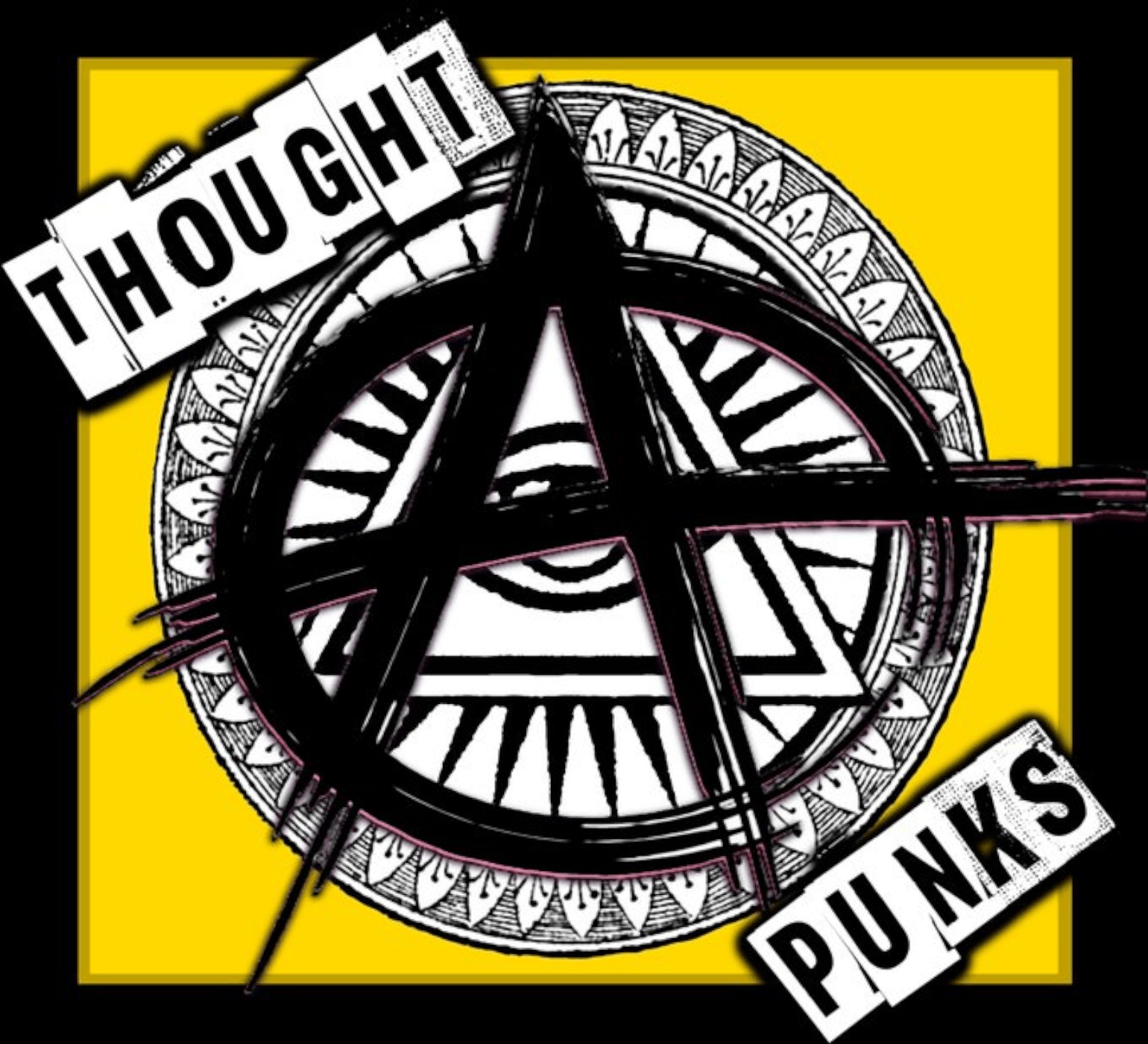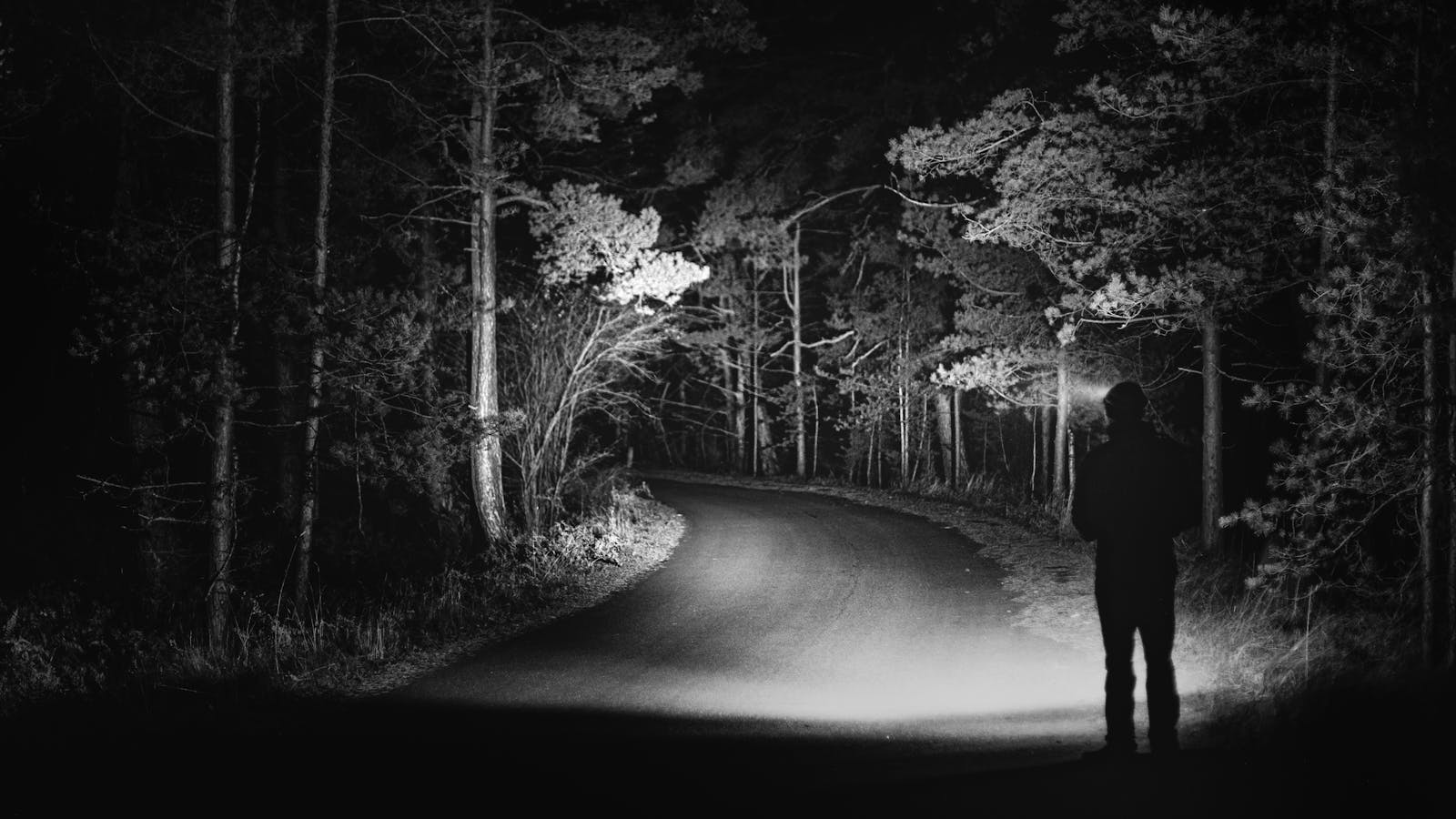Here’s a collection of forever open licensed tabletop roleplaying games and resources. Borrowed from and inspired by the Forever Open Source RPG game jam series.
Example Open Licenses

- Creative Commons Zero (“CC0”). Release your work into the public domain. The most open license. Creative Commons Attribution (“CC-BY”). Allows anyone to use your work as long as they give credit. The most common irrevocable open license used by TTRPG publishers and creators. Creative Commons Attribution ShareAlike (“CC-BY-SA”). Allows anyone to use your work as long as they give credit and use the same license. This is the classic “viral” open source type of license. It ensures all derivative works remain open in the same way.
- GNU Public License (“GPL”). One of the granddaddy open source licenses. Aimed towards software and a little more complicated, but enduringly popular in the open source movement and occasionally used for tabletop games.
- European Union Public License (“EUPL”). Another major open source license seeing growing use, especially among EU creators.
- GNU Free Documentation Licensed (“GFDL”). Another GNU open license that is specifically meant for text based works.
- Anti-Capitalist Attribution Cooperative License. An example of a newer type of irrevocable license growing in popularity for some indie games. Targeted for the use of cooperatives and individual users without institutional affiliations.
Open Source RPG Resources
Quick Choices
- Top 50 Most Popular entries from the original 2023 Forever Open Source Jam.
- Top 25 Most Popular entries from the second Forever Open Source Jam for last year.
- Motif, d6 based oracle system usable for solo/GM-assistant oracles and game systems alike, from Thought Punks. (Links: SRD. Quickstart. SRD games: 1, 2, 3, 4, 5, 6.)
- Caltrop Core by Titanomachy RPG, a popular and unique lite system based around the underrated d4, . (Links: SRD.)
- Charge, a d6 based action driven system by RP Deshaies, one of the Forged in the Dark forks . (Links: SRD. Web version.)
- Fate, one of the original “modern” game systems. Published by Evil Hat, one of the first TTRPG publishers to adopt Creative Commons licensing. (Links: Fate Core. Fate Condensed. Fate System Toolkit.)
- GUMSHOE, an popular investigative/procedural driven game system, from Pelgrane Press. (Links: PDF SRD. Web version.)
- TTRPG Creators Resource Database. Lists a wide variety of resources for tabletop game developers.
- Safety Tools & Wellbeing: A Curated List. A collected list of TTRPG safety tools and wellbeing resources.
Open SRDs
- 24XX, lo-fi sci-fi RPG SRD.
- BInAS (Balanced Integrated Attribute System) SRD, d12-based system built around pairs of attributes between which the player chooses a balancing or pivot point at which the two meet.
- Breathless, a creation toolkit that helps you design a game where every mechanic ratchets tension up to dangerous consequences.
- The Buddy System, perfect for story-based character driven games where characters are stronger together.
- Carta, a toolkit for making exploration focused solo RPGs.
- Duels SRD, a unique resource to make games about bardic dueling!
- DramaSystem, the system used in Hillfolk by Pelgrane Press.
- EMERGE8, for TTRPGs you design as you play.
- GOSS (GrimOgre Storytelling System), a mostly diceless system with haggling over action details, inspired by Nobilis and Engel.
- Hopes & Dreams SRD, goal focused system that puts player characters against what they dread the most in every single roll.
- Peregrine SRD, toolkit for creating card-based solo journaling games.
- Push SRD, lightweight, story-driven RPG system designed for cooperative, action-packed adventures.
- The Resistance Toolbox, the same rules that power Heart and Spire.
- Threads of Lachesis, create solo games or generators with branched random prompts that the player organizes into a cohesive sequence via a single roll.
- We Love In Whispers (WLW), create GM-less diceless games of romance and politics using a block tower and deck of cards.
Open Games

- Anamnesis, solo journaling RPG about self-discovery, reflection, and identity.
- Anima Prime RPG, a fast-paced RPG inspired by JRPGs and action fantasy anime.
- Babes in the Woods 2e, encounter the peculiar folks who reside within and help solve their problems while confronting your own relationships & fears.
- Blades in the Dark, an extremely popular game with toolkit for making “Forged in the Dark” games.
- Cairn, about exploring a dark & mysterious Wood filled with strange folk, hidden treasure, and unspeakable monstrosities.
- Dinosaur Wizards In Space, exactly what it says on the label: DINOSAUR WIZARDS IN SPACE.
- Fellowship, about going on an adventure, in the same vein as Lord of the Rings or Wakfu or Jojo’s Bizarre Adventure: Stardust Crusaders.
- Liminal Sea: Dream, a game emphasizing why characters are acting and who they are while following dream logic.
- Malandros, a tabletop role-playing game of swindlers and street fighters, of love, hate and community in the last days of imperial Brazil.
- Monolith, science-fiction adventure game for one Game Master (GM) and at least one other player.
- Pommel, tabletop roleplaying game with an emphasis on roleplay over rules. Made for the Minimalist TTRPG Jam by Binary Star Games.
- Rainworld, a love letter to janky early-90s rules, dystopian SF settings, and dad jokes disguised as flavour text.
- Rascals, minimalist OSR TTRPG based on Ben Milton’s Knave and the Italian fork written by Francisco Pettigiani: Canaglie.
- Swamp Troll Witches, be a troll witch! Live in a swamp! Solve problems! Brew potions! Relax with a hot bath! Live your best troll witch life!
- Thirsty Sword Lesbians SRD (Sapphic Reference Document), (shop link), the famous game of sword wielding lesbians (licensing info).
- Whispers In The Walls, a solo journaling RPG about the knowledge of the walls. You play it by yourself in the dark.
Worlds
- Beyond the Spozak, a sprawling public domain (CC0) science fiction universe!
- The Oz books from Wonderful Wizard of Oz through to (as of 2025) Jack Pumpkinhead of Oz (the 1st through 23rd books).
- Anything you can find in the public domain at Project Gutenberg.
Music
- ccMixter is an amazing Creative Commons music community. Here are some specific links for sound + music assets usable for your promos, videos, streams, podcasts, and more!
- Music for film + video collection (open license filter preselected)
- Music for video games collection (open license filter preselected)
- Open Music Archive
- Musopen, free public repository of recordings, sheet music, and educational materials.
- Free Music Archive
- Dark Dragon: Chiptune Music for Games. CC-BY licensed music made for games.
- Neon Nights: Synthwave Music for Games. CC-BY licensed music made for games.
- CC-BY Music Pack Alpha. Loopable original compositions, free for commercial use with credit.
Art
- Free! Fantasy Stock Art, pack of 74 hand-drawn images of fantasy items.
- llemoi.itch.io Artpack, collection of graphics, doodles, and illustrations created for various TTRPG projects.
- Openverse, an extensive library of free stock photos, images, and audio, available for free use.
- Public Domain Review, an online journal and not-for-profit project dedicated to the exploration of curious and compelling works from the history of art, literature, and ideas.
- Smithsonian Open Access, where you can download, share, and reuse millions of the Smithsonian’s images, right now without asking.
- Tabletop Art Pack, 14 black-and-white illustrations to use in your projects. (BONUS: Forestpunk Pack.)
- Wikimedia, large repository of open source images.
- National Gallery of Art Open Access
- The Public Domain Review
- 108 Terrible Character Portraits
- Open Access at the Met
- Art Institute of Chicago Open Access Images
- Faces 001, a collection of 10 B&W horror portraits.
- Museo, museum image search engine.
- NASA Image and Video Library
- Calisphere, gateway website for California institutional collections.
- Library of Congress Prints and Photographs Online Catalog
- WatcherDM Stock Art 2024 Pack and Stock Art 2025 Pack, 80 line art images each, PWYW.
Even More Resources

More SRDs
- Aspire SRD, a framework for designing narrative-driven TTRPGs featuring turning points that change both the stakes and the rules.
- Bad Time Game SRD, a d4 based system that results in inevitable failure.
- BFB SRD, for those who’d like to build on and/or adapt the rules and ideas found in Beak, Feather, & Bone, a tabletop roleplaying game by Tyler Crumrine.
- Core Micro, blends traditional RPG concepts with narrative techniques to create unpredictable character-driven stories.
- Ebon Fantasy Essence, a robust mid-crunch OSR-style system.
- ENI, ruleset for RPGs focused on collaborative storytelling, meaningful choices, and growing tension.
- Fantasy EMERGE, a version of the EMERGE8 SRD tuned specifically for fantasy roleplaying games.
- Firelight Creator Kit, a condensed and open licensed solo/co-op role-playing game about a guided journey across a plagued land, inspired by the Metroivania video game genre.
- Four Points, a TTRPG SRD focused on the aforementioned 4 points of player agency, narrative, characters, and customisation.
- The Grove System, a unique system for building and exploring communities, with a macro phase for influencing communities directly.
- Guided by Sun SRD, a GM-less, card-based system, telling the story of a protagonist undertaking a journey and making friends along the way.
- Heroic Tales, genre-neutral role-playing system of heroic problem solving.
- Initiated SRD, four-page ruleset for mechanically leveraged storytelling.
- Ironsworn SRD, based on the famous GM-less and solo capable game.
- Journey Tarot SRD, uses tarot cards and archetypal symbolism to tell stories through single-player tabletop games.
- Lay On Hands SRD, for modifying the unique post-apocalyptic solo game Lay On Hands.
- Knave is a toolkit for building classless OSR games.
- MiniBX SRD, an attempt to make That Game our own. More than a minimalistic hack, a new rule set.
- OZR, a lightweight framework for running OSR-ish adventures.
- Personae SRD, where the curious investigate mysteries, explore paradoxes and delve into the hidden truths of the omniverse.
- RISE SRD, guide players in 3 Acts to get to know their characters, scaffolding difficulty as you play along through your game.
- Second Guess System SRD. What if each time you rolled a prompt over again you had to admit to something that you had lied about previously in that prompt?
- Sigil SRD, Creative Commons licensed SRD for The Sigil System, gritty lethal rules meant to put all your skills to the test.
- Striders SRD, English translation of Frontearth Striders Source Reference Document (SRD), about explorers striding through a turbulent world and being dragged into all sorts of problems.
- Tapestry SRD, a word association storytelling games that fit in a mint tin.
- Tavern Dice, a single dice system designed for narrative play powering your entire world with a single d12!
- The Goblin Pulls Out A Gun, a TTRPG tech pack to make a GM-less opposed dice pool system.
- Total//Effect, a fast, modular, configurable TTRPG system.
- Trophy SRD, build your own rules-light, risk-heavy games.
- Untold Narrative Options SRD, mechanic pack containing combat and skill check mechanics for Role-Playing Games (RPGs) using a set of hobby dice and a standard Uno card deck.
- VEN6 SRD, storytelling roleplaying game system with conflict mechanics and a GM option.
- VRBS SRD, ultralight system for creating highly improvisational role-playing games that reward creative heroic action.
- Wretched & Alone, a unique card and tower based solo system.
More Games
- Agouro, narrative game of inevitable prophecies, inspired by Tarot cards and dark fantasy stories like Kentaro Miura’s Berserk and Netflix’s The Witcher.
- BREATHE LIFE INTO THESE BONES, some jackass necromancer just raised your bones back to life and you’re a reanimated skeleton.
- Brighter Worlds, whimsical fantasy tabletop RPG with modular crunch.
- EMPLOYEE, one-page simple adventure game that based on daily activities of a professional employee working in a professional corporate office.
- Gratitude, a storytelling game about trying to please an unknowable god-being in the hopes of being able to leave this terrible place.
- GrimBlade, light and fast-paced roleplaying game of adventures and stories set within an implied grim fantasy world.
- High Moon, western/fantasy-themed classless TTRPG with an emphasis on tough character-building choices and practice-based skill progression system.
- Iron Edda, lets you tell stories of brave warriors, Jarls, Bonebonded giants, and their defense of their holdfasts.
- Ironsworn, an iconic TTRPG famous for its GM-less and solo play modes.
- It Wasn’t Supposed To Happen Like This, something has gone horribly wrong. Your spirit leaves your body. Can you find a way to save yourself?
- Liminal Horror, rules-lite, fail forward tabletop role playing game with investigators navigating a modern world full of terrible and unknowable things that hide in the spaces between.
- Plerion, a sci-fi hack from Cairn designed to play radiant space opera
- Ringmail, a framework for reintroduce the style of play of the Wargame that preceded “the most famous RPG ever”
- Thálassa, adventure game for one facilitator (the odigós) and at least one other player.
- The Lurking Fear, lightweight simulationist investigative horror ttrpg in the style of classic horror tabletop games.




